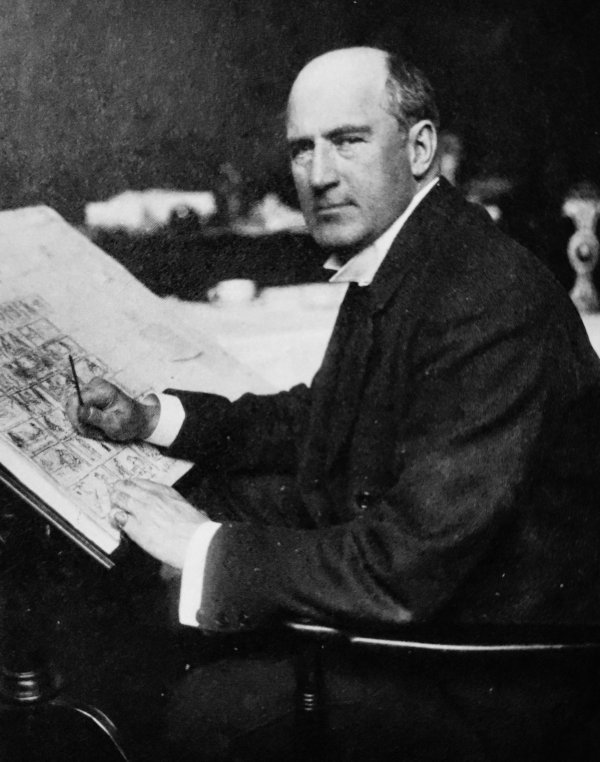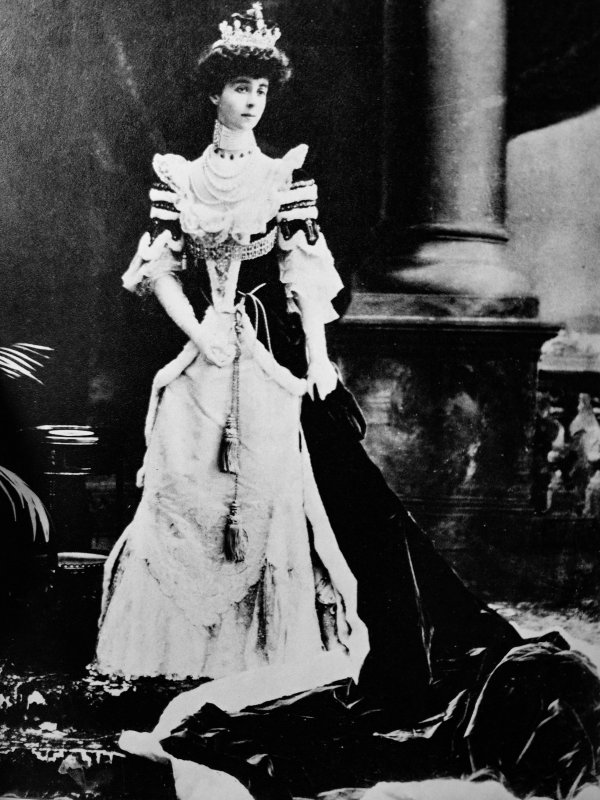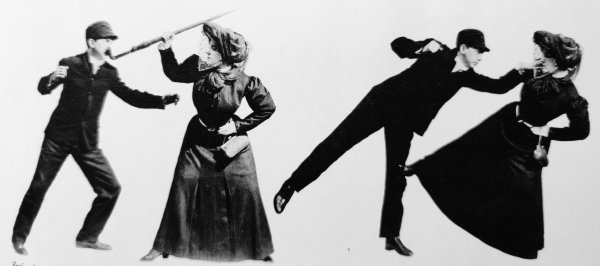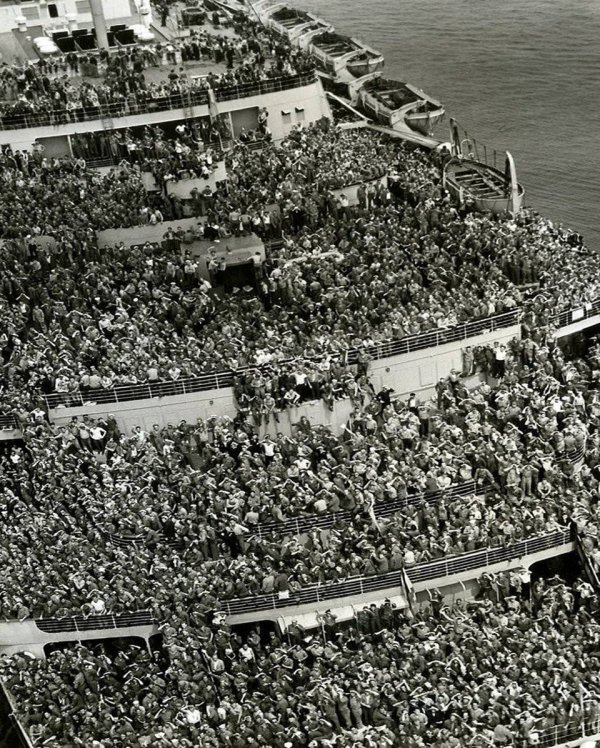Charles Dana Gibson, an American illustrator, working at his desk, around the early 1900s.
Charles Dana Gibson was a renowned American illustrator active during the late 19th and early 20th centuries. He gained fame for synthesizing the "Gibson Girl," a symbolic depiction of the idealized Euro-American woman of that era. This figure embodied both beauty and independence, reflecting the evolving societal views of women at the dawn of the 20th century.
To complement his Gibson Girl, Gibson introduced the Gibson Man as her counterpart. Distinguished, gallant, and full of admiration, the Gibson Man clearly revered the Gibson Girl. Gibson's illustrations subtly highlighted his admiration for women's superiority, but he managed to convey this without making men overtly conscious of this bias. The inspiration for Gibson's Man was [Richard Harding Davis,](https://reddit.com/r/OldSchoolCool/s/oYCRh8qjz the turn-of-the-century "Ideal Man," who also likely didn't recognize his perceived inferiority in Gibson's view.
Read more about Gibson [here.](https://en.m.wikipedia.org/wiki/Charles_Dana_Gibson)
Read more about the ["Gibson Girl."](https://en.m.wikipedia.org/wiki/Gibson_Girl)

Consuelo Vanderbilt, Duchess of Marlborough, August 9, 1902.
A Duchess through marriage, Consuelo Vanderbilt is pictured in the role donning the coronet of her husband's House of Marlborough. She wore it to the coronation of Edward VII and his wife, Alexandra, who were crowned king and queen of the United Kingdom and the British Dominions at Westminster Abbey, London, on August 9, 1902.
Consuelo Vanderbilt, daughter of William Kissam "Willie" Vanderbilt I and heiress to the Vanderbilt fortune, later became Consuelo Spencer-Churchill, Duchess of Marlborough. She was one of the earliest "dollar princesses," wealthy American women who married European nobility in the late 19th to early 20th centuries, trading wealth for titles.
Consuelo Vanderbilt's engagement to the Duke of Marlborough prompted her brother Harold to exclaim, "He is only marrying you for your money." It was a well-known fact. Like many American millionaires, Consuelo's mother desired a noble match for her daughter, and Europe's financially struggling nobility provided plenty of willing prospects.
Despite her reluctance, Consuelo's mother insisted on the marriage. Her New York wedding was an opulent event. The church overflowed with smilax and holly, filling up long before the choir's rendition of "O! Perfect Love." After a 20-minute delay, marked by her tears, Consuelo emerged, a head taller than the groom.
Consuelo's union, much like those of other heiresses of her time, was far from blissful. The wealth that initially bound them also enabled their separation. The Marlboroughs separated in 1906 and divorced in 1921. The marriage was then annulled on 19 August 1926, at the duke's behest and with Consuelo's agreement. On July 4, 1921, Consuelo entered her second marriage with Lt. Col. Jacques Balsan, a pioneering French aviator who had record-breaking feats in balloons, aircraft, and hydroplanes and once collaborated with the Wright Brothers.
Read more about Consuelo Vanderbilt [here.](https://en.m.wikipedia.org/wiki/Consuelo_Vanderbilt)
Read more about "American dollar princesses" [here.](https://en.m.wikipedia.org/wiki/American_dollar_princess)










